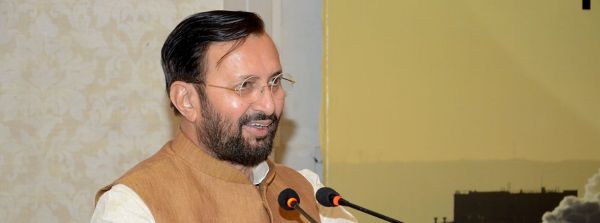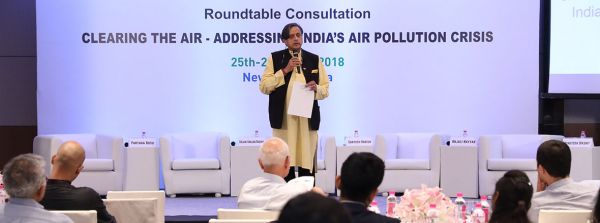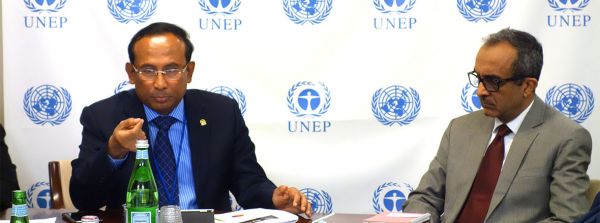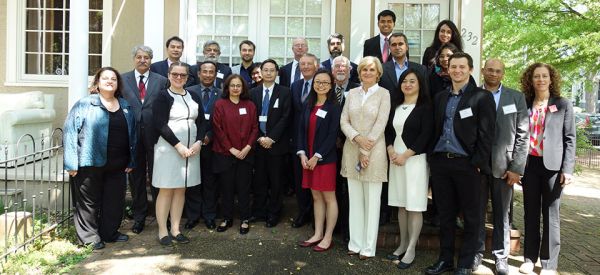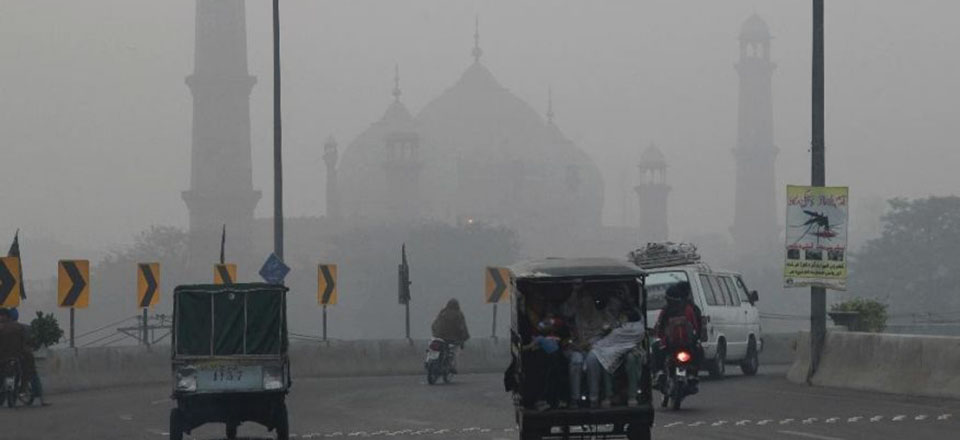
LAHORE, Pakistan — For nearly two weeks, Lahore, Pakistan’s second-largest city, has been like one huge airport smokers’ lounge.
But Abid Omar’s jaw still dropped on Wednesday, when he checked the air-quality monitor he had installed to track the city’s appalling pollution.
It said that levels of the dangerous particulates known as PM2.5, small enough to penetrate deep into the lungs and enter the bloodstream, had reached 1,077 micrograms per cubic meter — more than 30 times what Pakistan’s government considers the safe limit.
“You can see and smell the smoke all day; you can actually touch the filth,” said Amna Manan, a 26-year-old manager for a multinational company in Lahore, a city of 11 million. “Half the time, I’m scared to breathe in.”
 The State of India’s Pollution Control Boards - Are they in the green?
The State of India’s Pollution Control Boards - Are they in the green?
Centre for Policy Research, April 2023
 Tracing the Hazy Air 2023 - Progress Report on National Clean Air Programme (NCAP)
Tracing the Hazy Air 2023 - Progress Report on National Clean Air Programme (NCAP)
Centre for Research on Energy and Clean Air (CREA), 2023



